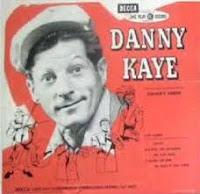First the stairs: I'll always remember the stairs in Myanmar leading up to the PopaTaungkalat Shrine. There are 777 of them—you have to climb barefoot and there's no railing. Macaques hang around looking for handouts and they can be aggressive. Although we saw them jumping all over the place, they didn't bother us. Hot and sweaty during the climb, I was happy we'd asked for a safe journey from one the 37 Great Nats who live at the bottom of the stairs.
Nats are spirits connected with Buddhism. Most Burmese think of them as a combination of fairies and saints. They don't really believe in them, but just as we don't pass under a ladder unless necessary or avoid a black cat, so do the Burmese make sure, if they really want something, they consult the nats first and leave an offering. The offering is often liquor, coconuts, bananas or small bills.
The first photo is my straight-forward photo. The second, I fiddled with on LunaPic's free photo software online (spell check wants to change LunaPic to Lunatic). Okay, I'll admit...I may have overdone it....like a lunatic.
I think this effect "dreaming" makes the photo less threatening. More like a castle and less like a fort.

Now the arch: This arch-framed view of the Taj Mahal is iconic. The area was more crowded than it looks when we visited last year. I held the camera up over my head to get this shot. The second shot, also run through an effect on LunaPic, I actually like better.
For more peeks through arches, go to Sepia Saturday sample how others interpret this week's prompt.








































